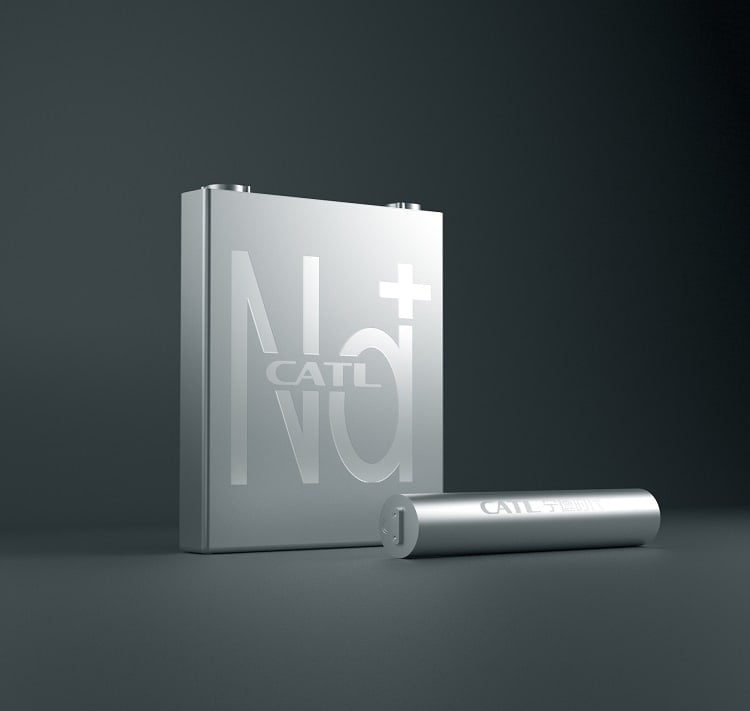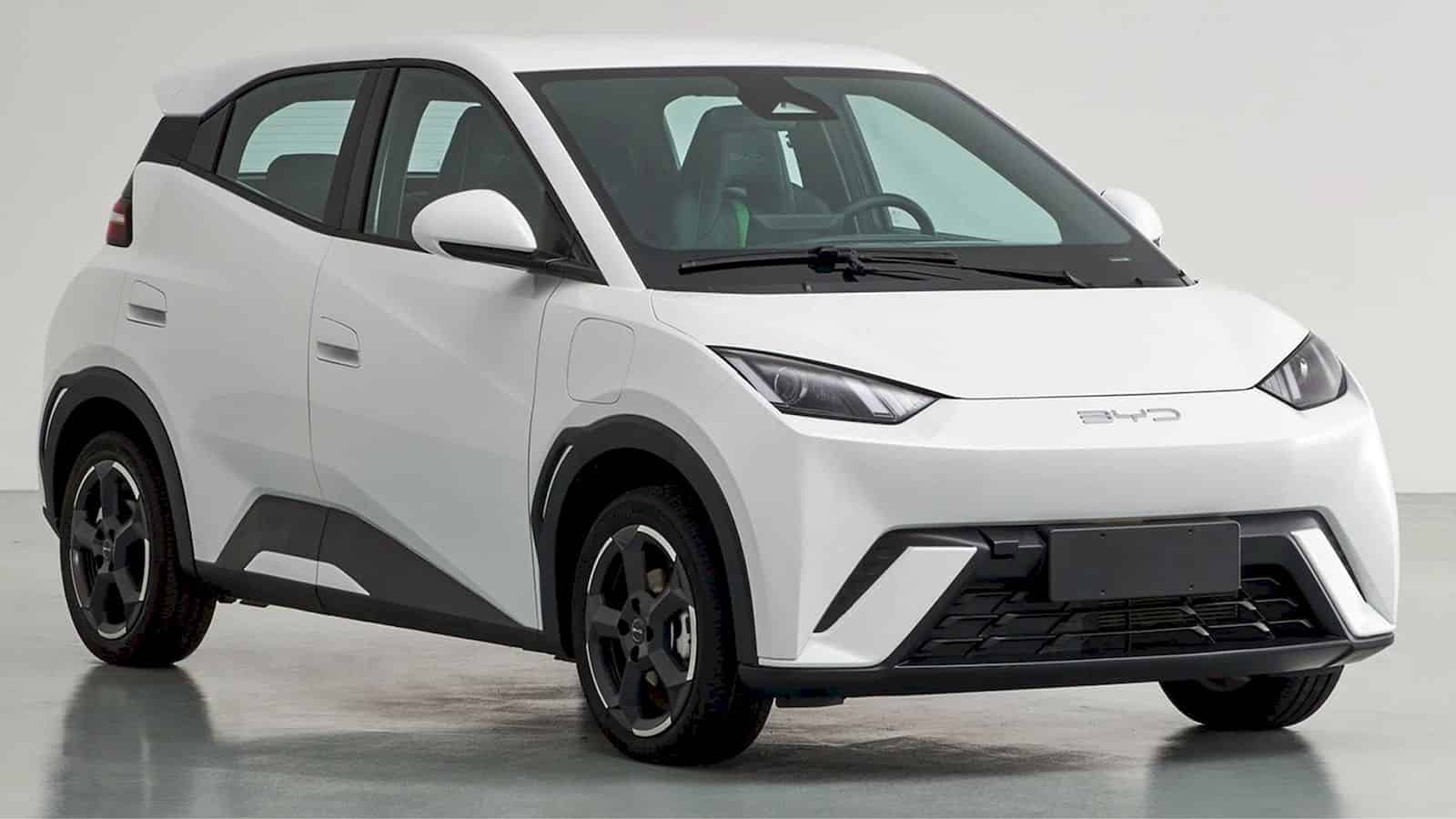
Gravity batteries are emerging as a viable solution to the global energy storage challenge. Utilizing the force of gravity, these batteries store excess energy from renewable sources and convert it into electricity when required. They have longevity, are easily repairable, and have a lower environmental impact. As the world transitions towards renewable energy, the development and adoption of gravity battery technology could revolutionize the energy landscape.
- Gravity batteries store power in the form of gravitational potential energy. This energy is generated using surplus power from renewable energy sources to lift massive weights.
- Unlike other batteries, such as the lithium-ion one, they have a lower environmental impact.
- Companies like Gravitricity and Energy Vault are developing this technology further.
The science of gravity batteries
To understand the potential of gravity batteries, we need to delve into the science behind them. These batteries operate on the principle of gravity, where energy is stored in the form of gravitational potential energy. This energy is created using surplus power from renewable energy sources to lift massive weights. When the energy is required, the object is allowed to fall, and the resultant energy is converted into electricity through an electric generator.
Interestingly, this concept is not entirely new. Pumped-storage hydroelectricity operates on a similar principle, where water is pumped to a higher elevation during periods of low demand and then released to generate electricity when demand increases. However, unlike pumped hydro storage, gravity batteries can be activated quickly and have a lower environmental impact. Furthermore, they can be installed in various locations, including urban areas, making them more versatile.

Industry innovations
Several companies are pioneering this technology, demonstrating its vast potential. Gravitricity, a UK-based start-up, has developed a system where weights are lifted and lowered in mine shafts to generate electricity. The company has even built a test rig in Edinburgh Port to study the dynamics of accelerating and decelerating these weights.
Similarly, Energy Vault, a Swiss company, uses cranes to lift and lower large concrete blocks. The company recently commissioned a 25 MW/100 MWh gravity-based energy storage tower in China. This tower, the world’s first that does not rely on pumped hydro technology, uses electric motors to lift and lower large blocks, harnessing gravity’s force to dispatch electricity as needed.
The potential of gravity batteries
Gravity batteries offer several advantages. Firstly, their efficiency can reach up to 90 percent, making them a promising storage solution. Secondly, they provide a cleaner, cheaper, and more reliable alternative to traditional energy sources such as chemical batteries. These batteries can also be crucial in grid balancing, providing long-duration and short-burst electricity storage.
Due to their longevity and repairability, Gravity batteries surpass traditional lithium-ion batteries in terms of environmental impact. Lithium mining, essential for lithium-ion batteries, has been associated with various ecological and ethical concerns. In contrast, gravity batteries utilize readily available materials, avoiding such complications.
Challenges and prospects
Despite their potential, gravity batteries face some challenges. Ensuring the stability of existing structures and addressing safety concerns such as methane gas and flooding in mines are significant considerations. However, with ongoing research and technological advancement, these challenges will likely be overcome.
As the world transitions towards renewable energy sources, gravity batteries are set to play a central role in this journey. With companies like Gravitricity and Energy Vault leading the way, we expect to see more innovations in gravity battery technology. And as these batteries become more prevalent, they will undoubtedly contribute to a cleaner, more sustainable energy future.







